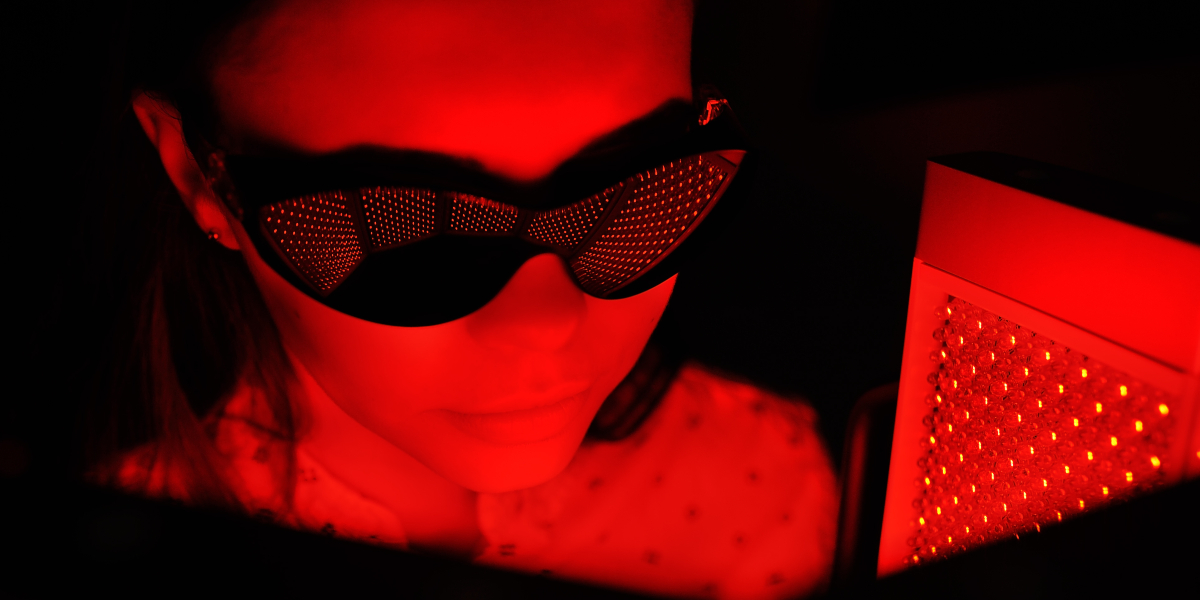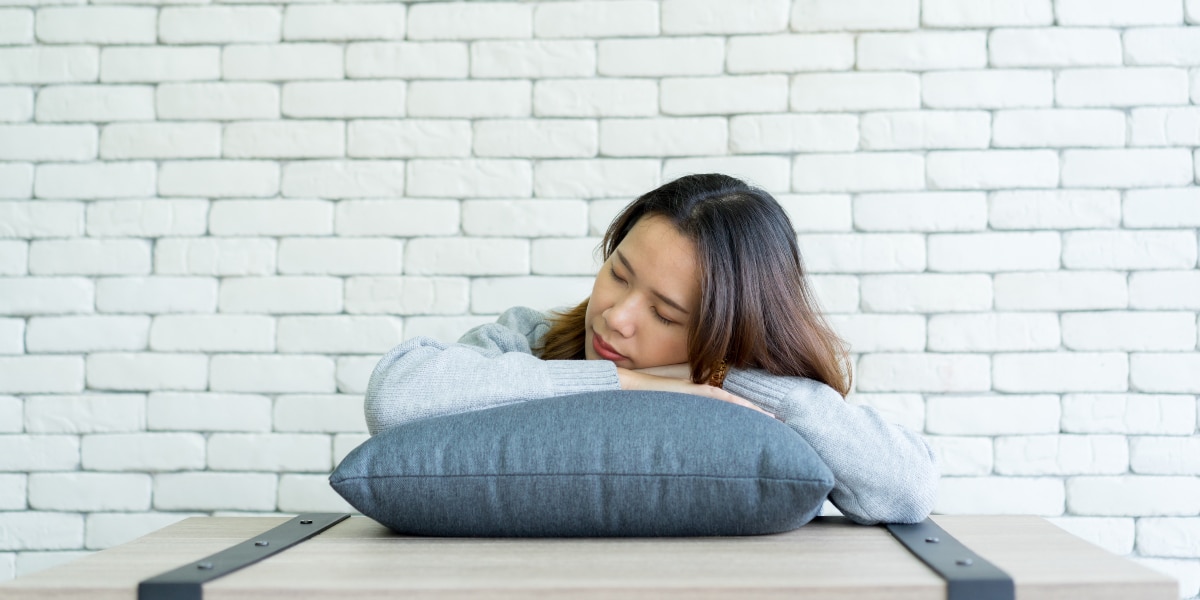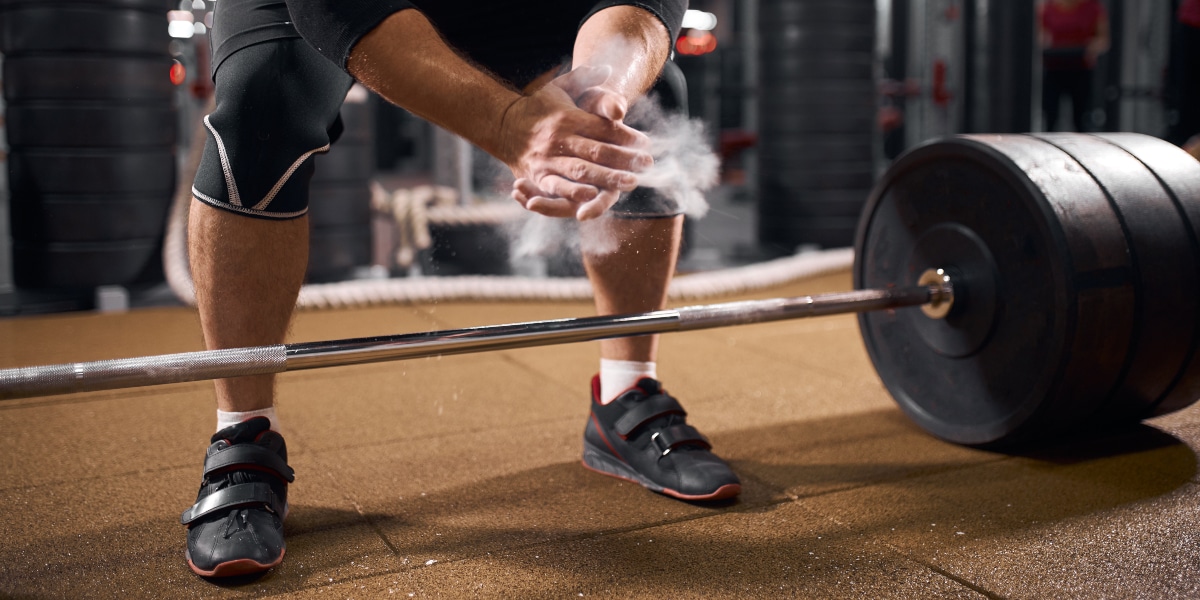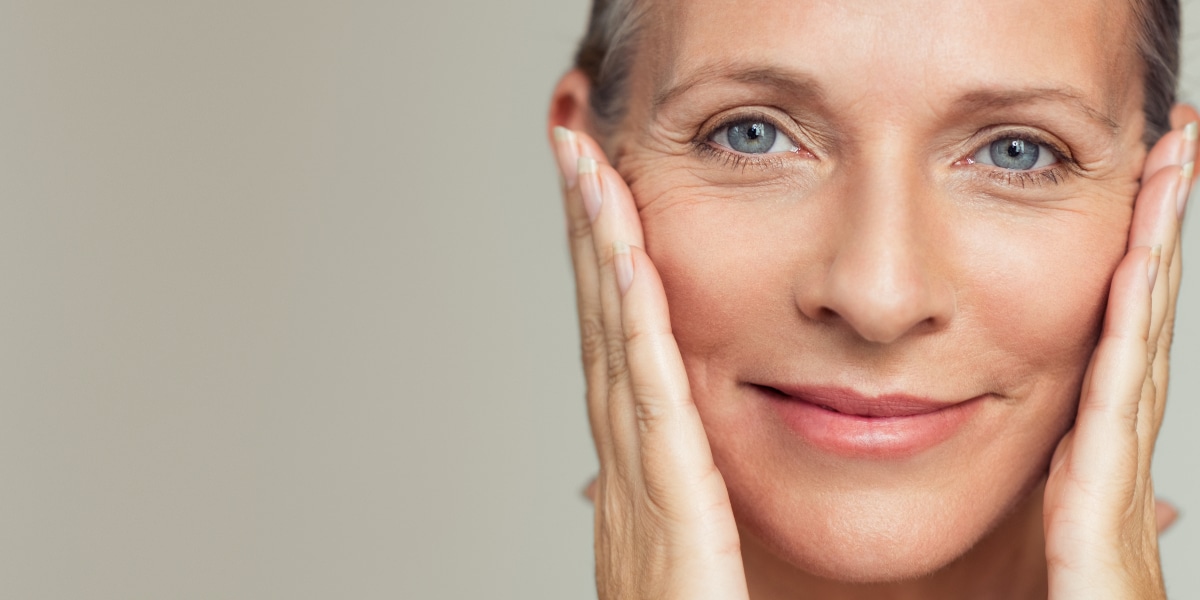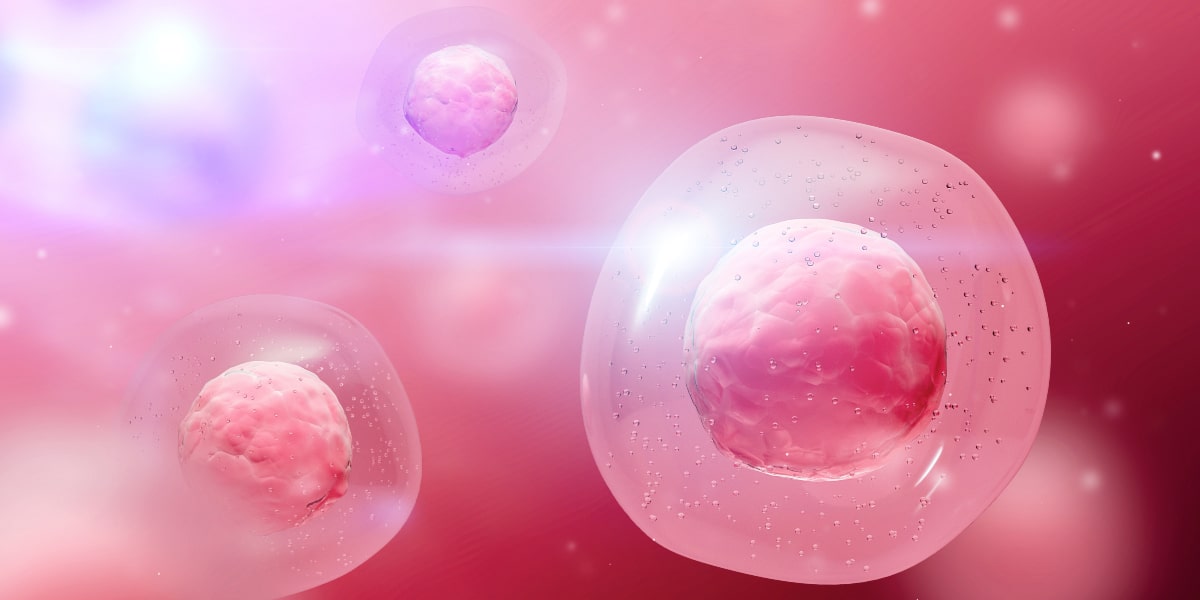What to Expect From Your Full Body Photobiomodulation Treatment
Maybe you’ve heard of this photobiomodulation therapy thing, or you’ve seen red light beds at your local wellness or fitness center, but you’re not sure what it is or how it works. Photobiomodulation (PBMT) is a process that happens at the cellular level, but it has a big impact on how you feel.
If you’ve been interested to try but unsure what it’ll feel like, this article is for you. Learn what PBMT is, what kinds of issues it can address, and step-by-step how your treatment session will go.
What is PBMT?
Photobiomodulation is a bit of a mouthful, but it breaks down nicely:
- Photo = Light
- Bio = Life
- Modulation = Change
A photobiomodulation device, either as a bed, panel, or even laser device, uses light to activate a change in the body. Photobiomodulation most specifically refers to red light and near-infrared light that actives that mitochondria, which you may remember as the powerhouse of the cell. Mitochondria are important for the synthesis, or production, of ATP (adenosine triphosphate), which provide energy to our cells, and ultimately our bodies.
What is PBMT Used For?
Photobiomodulation therapy has a number of effects on the body, such as reducing inflammation and boosting collagen production.
Sleep & Mood: Using PBMT in the evening can help you correct your circadian rhythm that can be easily disrupted by fluorescent light from your place of work and blue light from computer and phone screens. Sleep is also closely linked to our mood, so improved sleep can help improve mood and combat winter blues.
Skin Care: Increased collagen production from PBMT helps improve the look of fine lines and wrinkles, and decreased inflammation can bring down the redness and swelling from acne.
Wound & Scar Healing: Collagen production also helps repair damaged skin, including scar tissue. PBMT also increases the presence of inflammatory mediators to heal wounds faster. This is especially beneficial for slow-healing wounds.
Sports Performance: Using PBMT before a workout can improve the quality of your warmup by helping the body increase circulation and decrease muscle fatigue. After a workout, PBMT can prevent delayed-onset muscle soreness by repairing minor tissue damage that is normal from exercise.
Reduce Pain & Inflammation: Through increased cell energy that increases cell proliferation (replication) as well as a vasodilation effect that temporarily increases circulation in the body, PBMT can resolve pain and inflammation from an injury or chronic condition like arthritis or tendonitis. Additionally, full body photobiomodulation can help combat oxidative stress that can cause inflammation throughout our body.
Before Your Treatment Session
Before your treatment session, you’ll be able to talk to a clinician who can answer any questions you have about the process. This person will also go over your goals for the treatment. Are you looking for something specific, like to improve signs of aging in your skin, or are you looking to use red therapy in the benefit of your overall wellness? It’s important for the clinician to understand what you’re looking to achieve to determine the wavelengths of light as well as any pulsing light settings, the length of the session, how many sessions you’ll need.
There are a few things to be cautious of before starting PBMT. PBMT might not be the best option for you if your skin is sensitive to light or you are taking any medications that affect your skin’s sensitivity to light. Additionally, individuals with tattoos may find tattooed skin is sensitive to PBMT. Individuals who are pregnant, have had an organ transplant, or have cancer should not use PBMT.
During Your Treatment Session
Your treatment session inside the light bed will last between 3 and 15 minutes. Do not exceed 15 minutes in the light bed at one time.
The benefit of photobiomodulation therapy in a light bed, such as a TheraLight bed, is to expose as much of the body as possible to the therapeutic red light. During the treatment session, men should wear shorts, and women should wear shorts and a sports bra to maximize the skin exposed to the light. You will also be provided with protective eyewear.
While the light panels are on, you’ll likely feel warm, but you shouldn’t feel hot. Laying in the bed is a relaxing experience. Your clinician will be able to control the bed from a remote device to turn it on, set the treatment protocols, and set a timer for the duration of the session, so you won’t need to worry about controlling the bed.
After Your Treatment Session
When the light panels turn off, you can exit the bed. PBMT has a vasodilation effect, which is a widening of the blood and lymphatic vessels that temporarily increases circulation. Because of this, some individuals may feel lightheaded after a PBMT treatment. We recommend sitting up slowly and, if you feel lightheaded, wait for a moment to let the feeling pass before standing. This is especially important for your first PBMT treatment.
Outside of this temporary lightheadedness, most individuals don’t feel any side effects. Some of the benefits of PBMT can be felt immediately, such as reduced pain and swelling in an injured area. You may also feel an improved mood or sleep better after a PBMT. If you’re using PBMT before a workout, you may not feel muscle fatigue as early in your exercise.
PBMT Treatment Plans
Photobiomodulation therapy is a dose dependent treatment; that is, multiple treatments will be necessary to achieve your desired sustained results. Your exact treatment plan will be tailored to you and something you work on with the staff at your wellness or fitness center. Plans generally take the following shape, however:
- 3 sessions per week for 2 weeks
- 2 sessions per week until outcomes are achieved
- 1 session per week to maintain results
The length of the sessions as well as the treatment protocols (the wavelength and continuous or pulse settings) will vary based on your goals, but you should be in and out of the center in under an hour.
Ready to try out PMBT? Click the link below to find a TheraLight provider near you.

